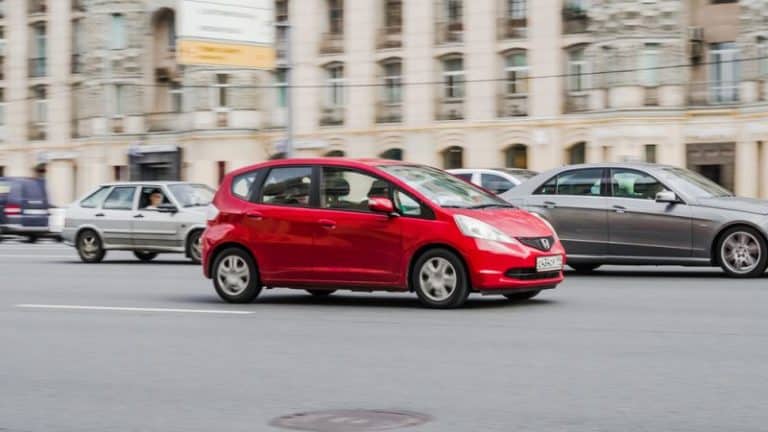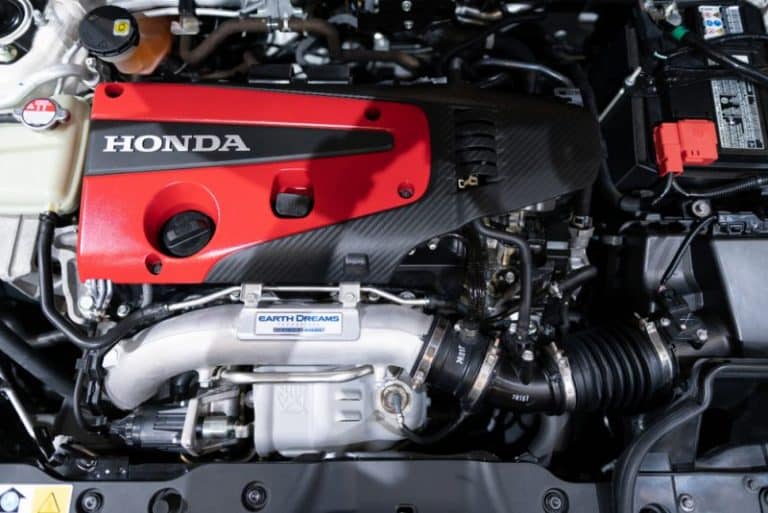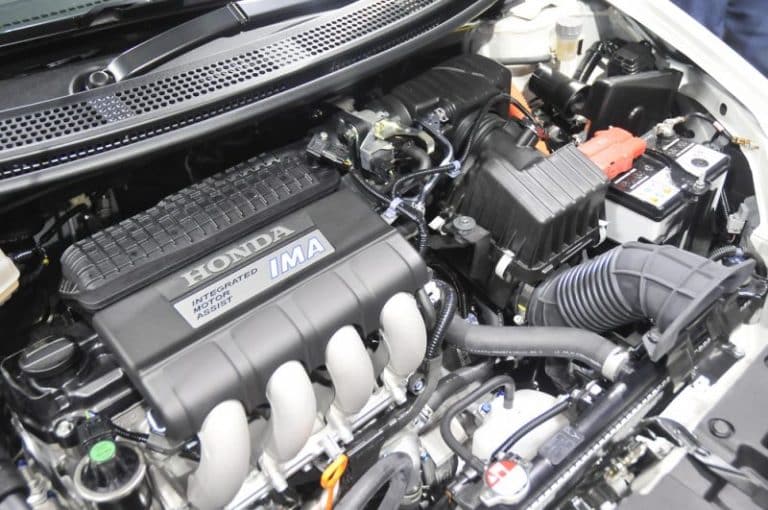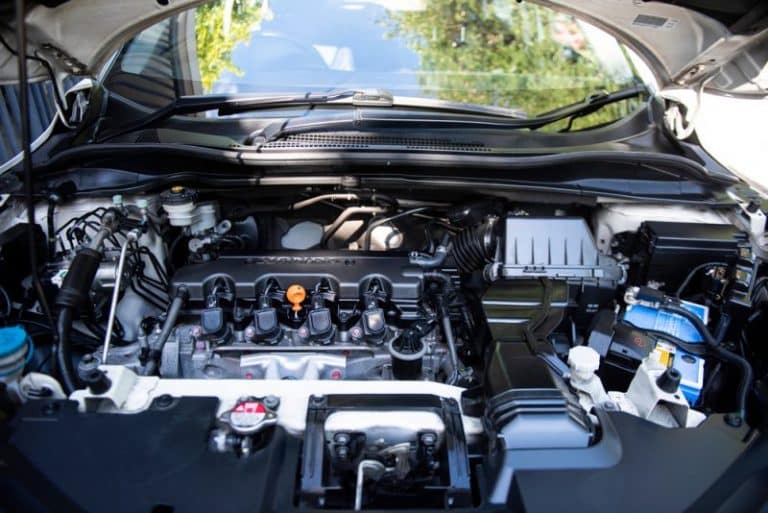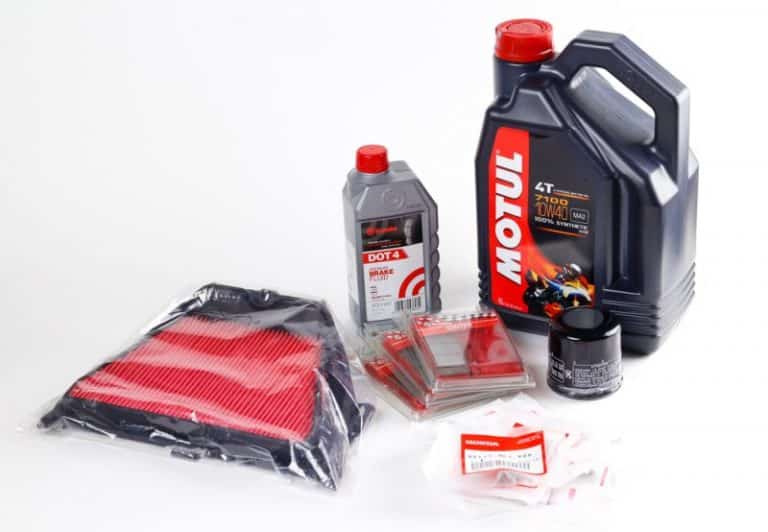Does Honda Use AGM Batteries? (Read This First)
Modern cars come with a lot of technological innovations.
These include electronic features largely unprecedented in earlier cars and mean more demand on the batteries, which are the sources of electrical power needed to function;
This had made automakers adopt Absorbed Glass Mat (AGM) technology batteries that can sufficiently support the electrical loads of their cars.
Honda is certainly not the automobile brand to lag in system upgrades. Therefore, Honda vehicles use AGM batteries to ensure maximum functioning of their electric systems and features such as air conditioning, headlights, heated seats, heated steering wheels, and audio systems.
What Are AGM Batteries?
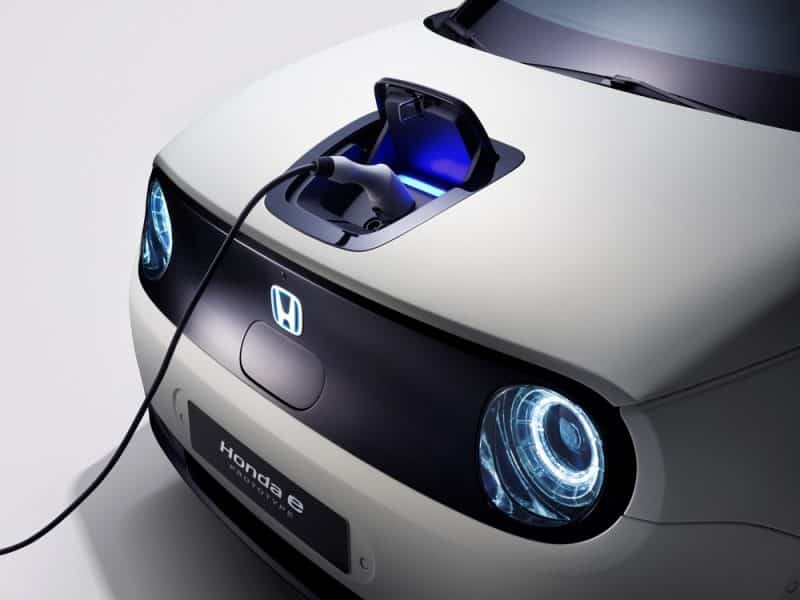
Absorbed Glass Mat (AGM) batteries are lead-acid batteries that contain materials (fiberglass mat) in between the positive and negative plates, which absorb the acid in the batteries or hold it in place and prevent its free flow in the battery.
Absorbed Glass Mat batteries are sealed lead-acid batteries designed as improvements on wet cells to avoid the problems plaguing liquid electrolyte cells, thus lasting longer.
These batteries, which became popular in the 1980s, are widely used in military and heavy-duty vehicles because of their resistance to the shocks and vibrations these vehicles are constantly exposed to.
Their designs include permanent seals and durable body parts that minimize gassing and eliminate acid leakage in the event of damage.
Modern cars are fitted with more electronic features such as heated seats and steering wheels, GPS, and a much upgraded audiovisual system, increasing the demand for batteries.
To sustain the electric power consumption of these components, these cars require batteries with high charge efficiency and retention, which AGM batteries sufficiently satisfy.
Pros and Cons of AGM Batteries.
More and more automobile manufacturers opt for AGM technology batteries because of their reliability, durability, and constructional advantages over other lead-acid batteries.
Below are some of the pros of AGM batteries
- Spill-proof. AGM batteries won’t spill acid even when subjected to shocks and damage because the acid holds in place. These make them safer to transport and handle than wet cell batteries.
- AGM batteries have a high charge capacity making them capable of sufficiently supporting the increased electrical loads in vehicles that use them.
- Gassing is minimal in these batteries, making them functional and less toxic even in not adequately ventilated areas.
- Resistance to vibrations. That is the reason for their wide application in planes and vehicles.
- AGM batteries are not damaged by extreme weather conditions, unlike wet cell batteries whose electrolytes tend to evaporate in high temperatures and freeze in low temperatures.
- Installation of AGM batteries can be in any orientation.
- They discharge slowly and thus can stay for more extended periods between charges.
- They require less maintenance and last longer than wet cell batteries.
Even though AGM batteries are improvements on other lead-acid batteries with a handful of advantages, some cons are still associated with them.
Some of these disadvantages include the following;
- Higher manufacturing costs make them more expensive than other batteries. However, you should expect this as they function more than the other batteries.
- AGM batteries can’t be relied on in situations when it is difficult to fully charge them as they require a full charge before use due to their sensitivity to overcharging and high voltages.
- Older testers are inefficient in testing them, and they require specific chargers that monitor volts.
Nonetheless, the advantages of AGM batteries clearly outweigh their disadvantages.
Therefore, if you want a premium battery with optimal performance and safe handling, you should go for one.
Is My Car Battery AGM or Standard?
Knowledge of your car battery type is essential because different batteries have different handling methods.
It would be best if you were careful when handling it in the event of repair or replacement. The methods below will help you determine if your car battery is AGM or a standard wet cell.
- Shaking your car battery. The significant difference between an AGM and a standard wet cell battery is the state of the acid in the battery.
So when you shake the battery and feel fluid movement within, it is a wet cell. If not, it is an AGM because the fiberglass mats absorb the acid in AGM batteries; hence, it cannot move. - Careful observance of the battery top. Standard wet cell batteries have removable lids, unlike AGM batteries with a permanent seal.
AGM batteries have flat tops with just two terminals on them. So you can tell what battery type your car battery is by its design or construction. - Perhaps the easiest way to tell your car battery type is by the producer’s label. Usually, an Absorbed Glass Mat battery carries the initials AGM boldly on its labels.
However, if you harbor confusion about your battery type because there is no clear branding on the label, get the battery’s model number and search for its information online.
One or a combination of all these methods will reveal the type of battery your vehicle’s battery is. Can Honda Insight Run Without A Hybrid Battery?
However, it is recommended that you consult the battery manufacturers if you want to get first-hand and authentic information about your battery.
What Brand Battery Does Honda Use?
Honda is associated with several battery brands, including DieHard, Duracell, Duralast, Interstate, and Optima.
However, these batteries are aftermarket options for Honda cars in most cases.
For a brand-new Honda car, the battery you will find is undoubtedly a Honda battery.
A new Honda car comes with a Honda battery, but it will be challenging to get another Honda brand battery when it is time for a replacement.
In that situation, a Honda car owner can go for the brands mentioned above, especially Optima batteries. For example, the OPTIMA D51R is an efficient replacement for your Honda Civic battery.
While searching for a replacement for your Honda Civic battery or any of your Honda cars.
You must search for one that is a direct fit because a battery that fits a car may not suit another even if they are of the same model because of the variations and the year of production.
Does Honda Make Their Own Batteries?
Although Honda car uses Honda brand batteries, these batteries do not come from the automobile company itself.
Instead, just like other battery brands like Optima, Diehard, and Duralast, Honda lead-acid batteries are made by battery manufacturers like Clarios, East Penn, and Exide.
In addition, EV batteries used in Honda electric cars are made by CATL, the world’s biggest manufacturer of lithium-ion batteries.
Honda signs partnerships with these manufacturers, who then make the Honda brand automobile batteries according to Honda’s specifications and the requirements of the company’s vehicles. Read more: Five Types of Battery Problems
Conclusion
The Absorbed Glass Mat (AGM) technology batteries offer the most capacity and handling among various vehicle batteries.
Therefore, it is not surprising that Honda, a top Auto brand keyed into it a boost to the performance of the electronic systems and features of its cars.

